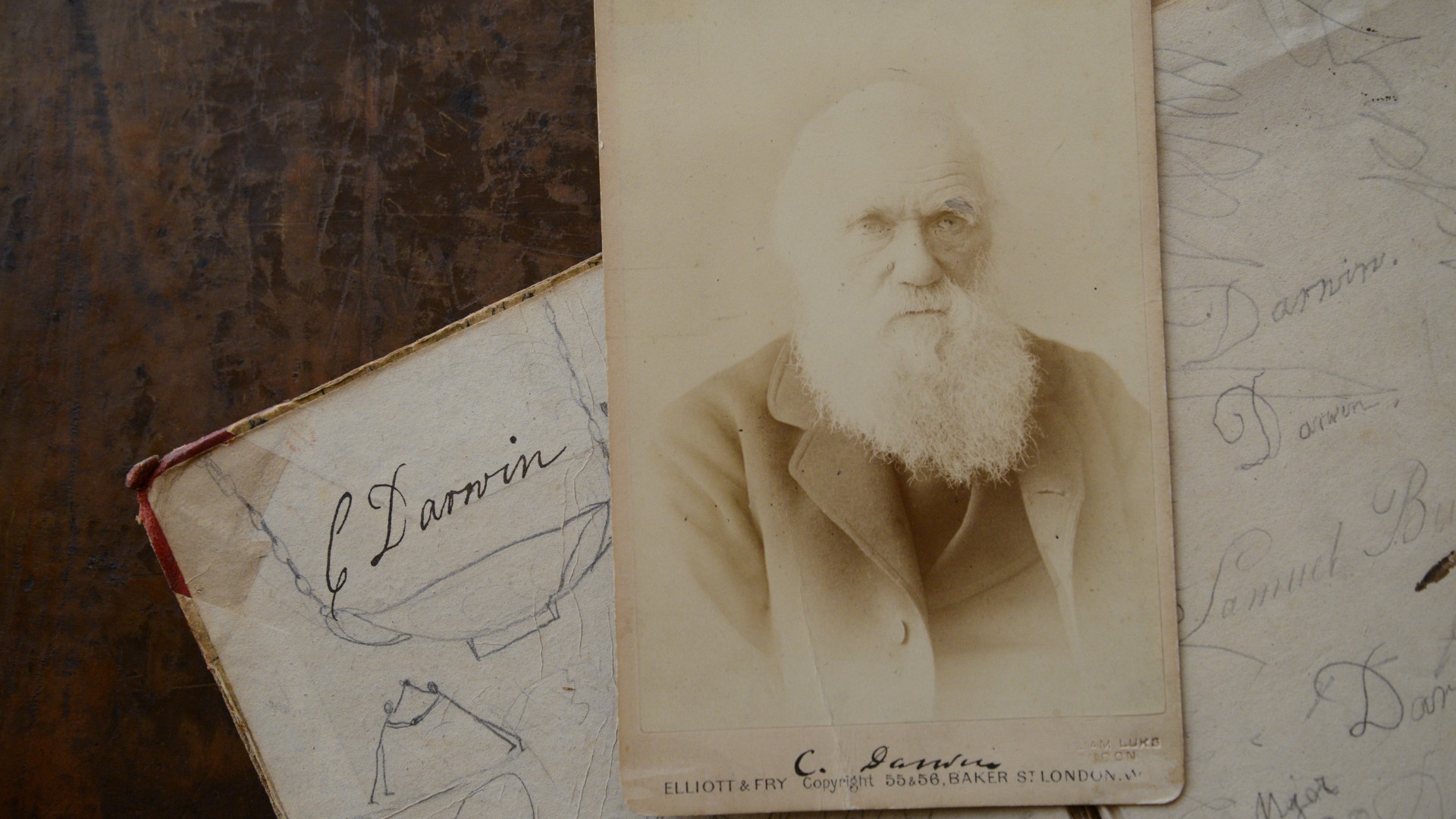
Shrewsbury School History
Shrewsbury School was founded by Edward VI in 1552 by Royal Charter and for over 470 years we have a proud legacy as one of the great public schools in England.
Below is a small insight into the development of Shrewsbury through the centuries. For more information on the history of Shrewsbury School, please visit our Wiki site where you will find everything you need to know about significant moments in our history, prominent Salopians and Headmasters and our news archives.
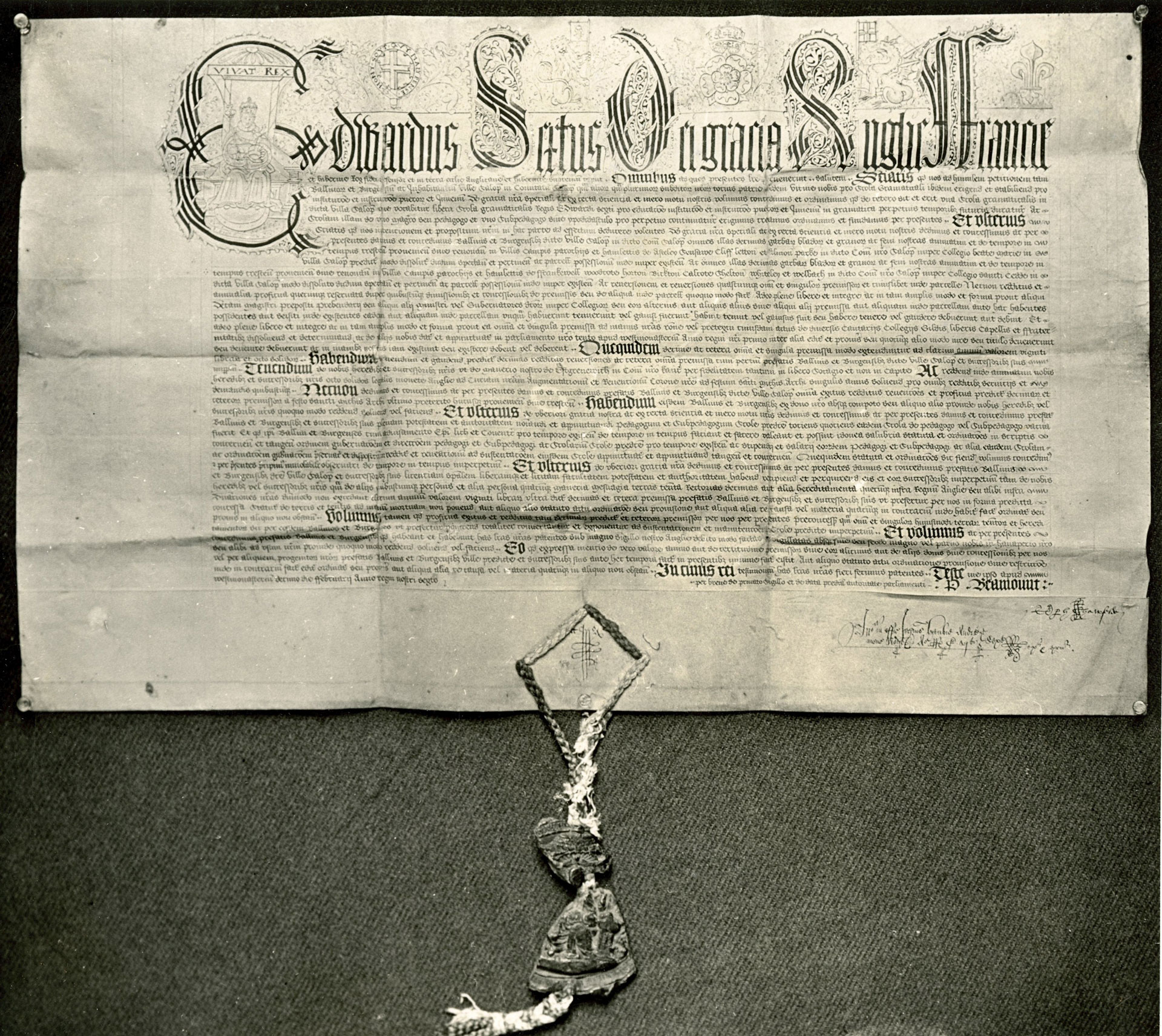 ...enter text here.
...enter text here.
Enter text here
16th Century
In its original incarnation, the school was sited not outside the loop of the River Severn as it is today, but within its boundary, where it occupied several black and white houses.
Shrewsbury School rose to national prominence under the headmastership of Thomas Ashton from 1561 to 1583; pupil numbers steadily increased and it gained the description of “the largest school in all England”.
Drama similarly flourished under Ashton, with school productions performed on regular occasions. Indeed it may have been in one of these productions that a young pupil named Philip Sidney – later to become the renowned Renaissance soldier, statesman, diplomat, poet and earliest famous Salopian – made his first dramatic appearance.
17th Century
The foundation of a chained library by his successor, John Meighen, in 1606, ushered in a further period of school expansion, with Meighen overseeing not only the design and building of the new library but also the construction of a new school building on the site of the original; a building that coincidentally houses the town’s library today.
The Chapel was completed in 1617 and the pulpit is now in the School Chapel and the reading desk is in the Kennedy Building just outside of the Moss Gates.
In 1630 the Teaching block was completed with an archway graced by figures of Philomathes and Polymathes that now reside on the front of the current school library.
Shrewsbury purchased Newton's Principia Mathematica, acquired on publication in 1687. Principa is a book that helped define the Age of Reason and it is Newton's most celebrated achievement.
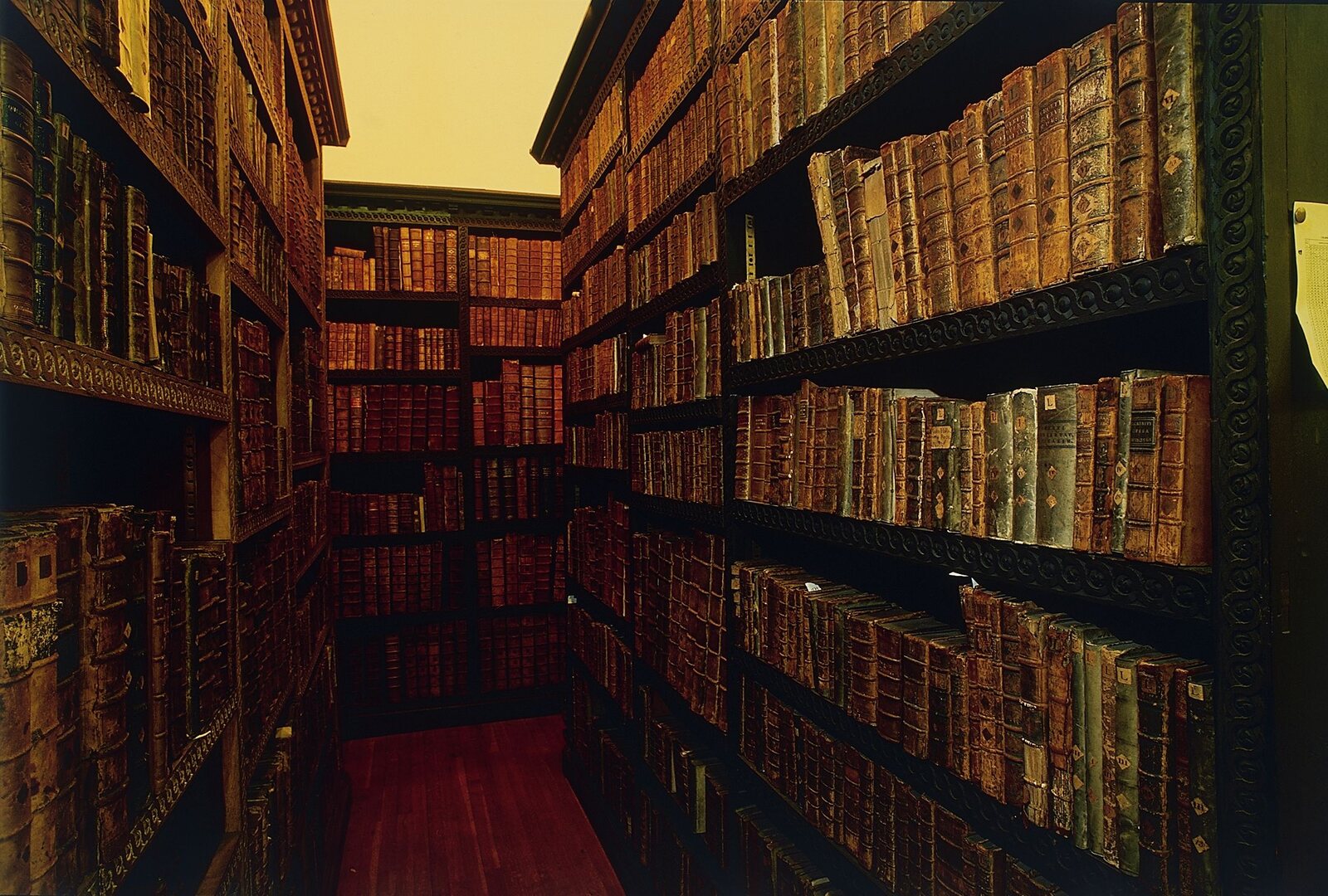
18th Century
In 1766 the Revd Dr John Taylor, Old Salopian, eminent Greek scholar and Registrar and Librarian of Cambridge University, bequeathed his fine library of some 3,500 books to the School, more than doubling the size of the existing library.
His collection is particularly rich in works relating to Roman antiquities in Italy, Greek authors and English antiquarianism.
Taylor’s collection has always been kept together, and since 1966 has given its name to the whole Ancient Library.
The 1798 Shrewsbury School Act of Parliament was passed which provided a clear field for setting up a new and better way of organising and governing the School. Headmaster Revd Samuel Butler pushed the school’s academic status as one of the leading schools in the country, whilst also establishing the enduring tradition of the annual school Speech Day. “You found it of brick, but you left it of marble” was the observation of his successor, Benjamin Hall Kennedy.
19th Century
Shrewsbury continued to thrive under Kennedy’s auspices. His broadening of the academic syllabus and addition of recreational activities to the curriculum led to the school’s academic reputation being sealed in 1868 with its inclusion as one of the seven ‘great’ schools in the Public Schools Act. However, this prosperity meant that by the latter part of the nineteenth century the school had outgrown its original premises, necessitating a move out of the town to its present position on the spacious Kingsland estate with the chapel, dedicated boarding houses, school shop, Fives courts and swimming baths all built to offer pupils the opportunity to thrive.
Sport at Shrewsbury also found itself in the spotlight with several high-profile events. The origins of cross-country running at Shrewsbury can be traced back to 1819 with the first written records of the Royal Shrewsbury School Hunt (RSSH) from 1831, giving it the distinction of being the oldest cross-country club in the world. The first School Rowing Regatta was held in 1839 which led to the formation of the Royal Shrewsury School Boat Club (RSSBC) in 1866. In 1856, the rules of Football were drawn up in Cambridge by a group including Old Salopians J.C. Thring and H. de Winton, with a copy of the revised edition still kept at Shrewsbury today.
Many prominent figures in history have called Shrewsbury their alma mater. Our most celebrated Old Salopian, Charles Darwin, arrived at Shrewsbury in 1820 following his brother Erasmus who had started a few years previous.
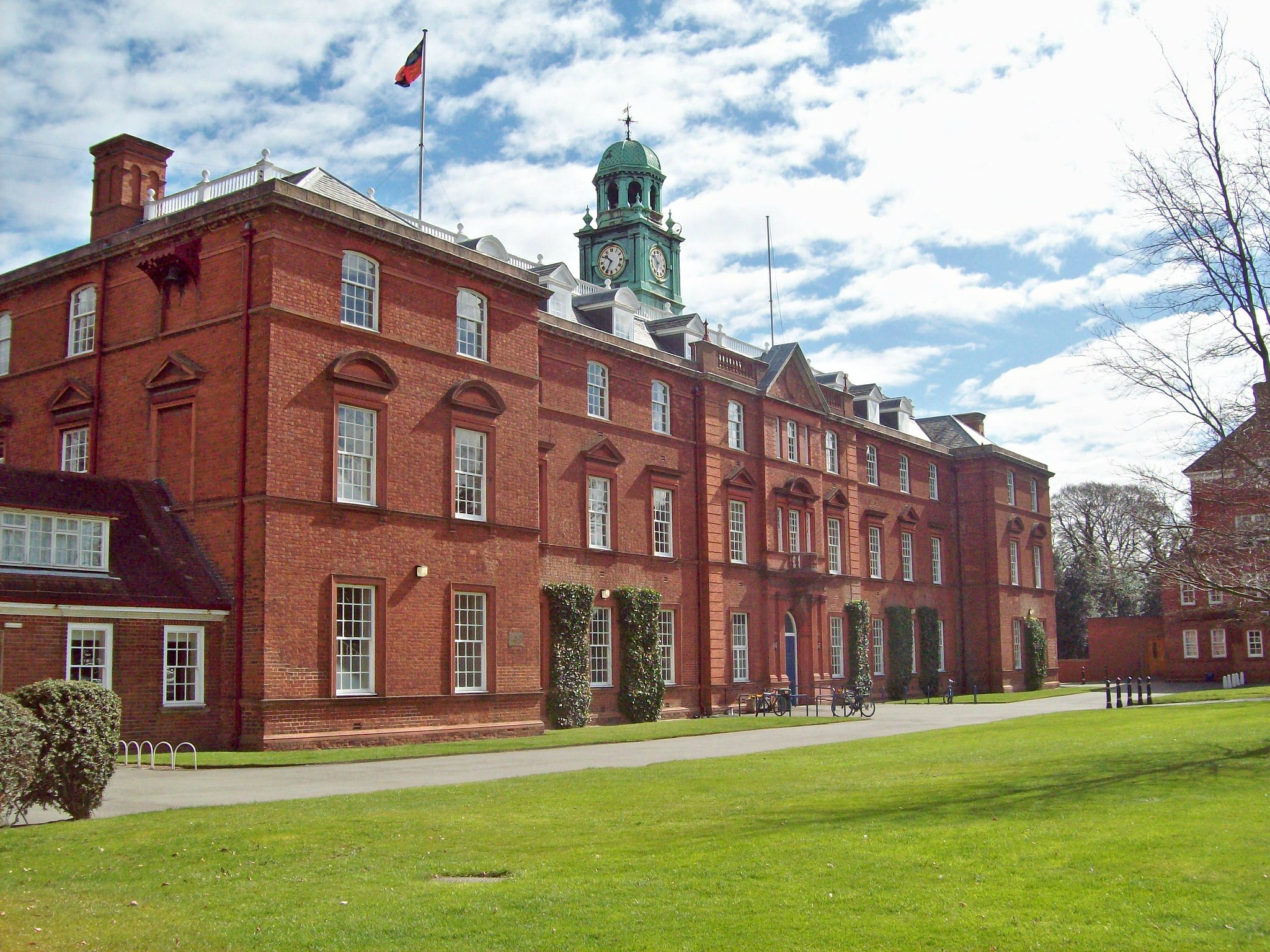
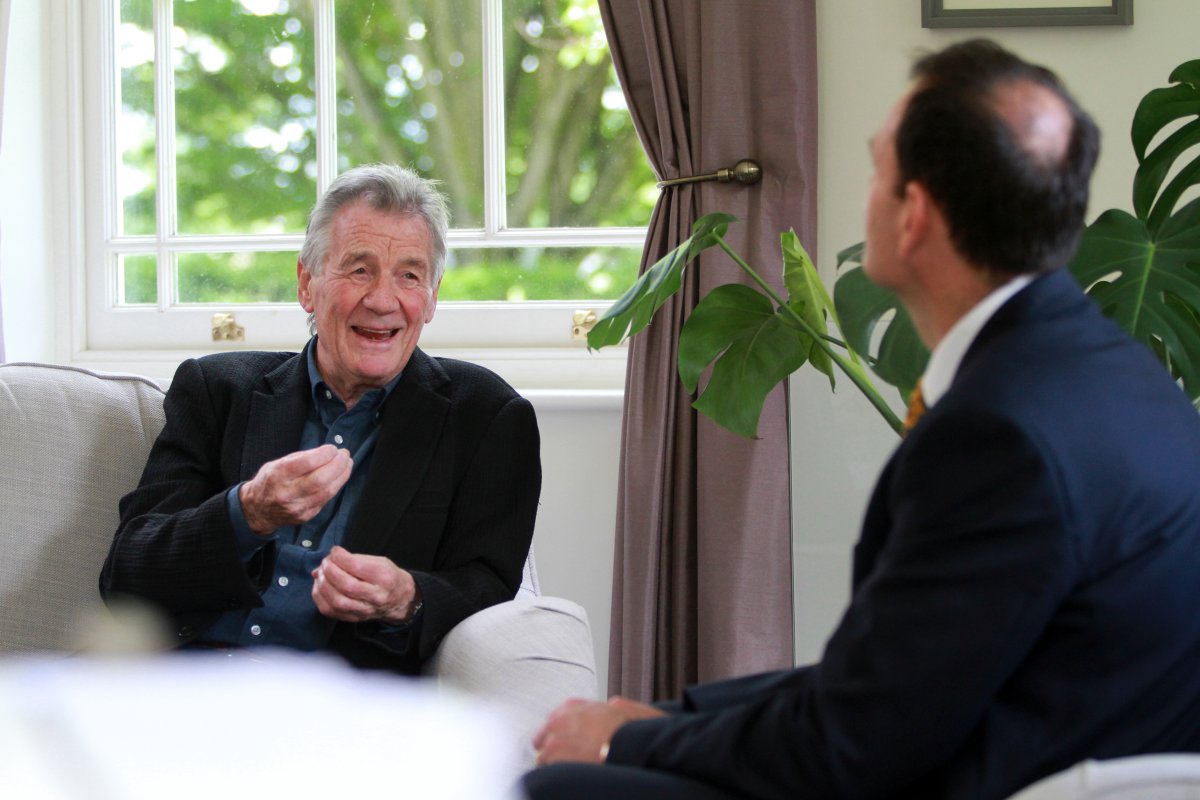
20th Century
Development of the school site continued throughout the 20th Century with a boathouse, new library and series of houses amongst the many additions. Throughout this time, Shrewsbury School was also home to some notable Old Salopians: Everest explorer Andrew ‘Sandy’ Irvine (1916-21), former Deputy Prime Minister Lord Michael Heseltine (1947-51), Astronomer Royal Lord Martin Rees, Baron Rees of Ludlow (1956-60), world traveller, actor and writer Sir Michael Palin (1957-61), to name just a few with the latter returning to Shrewsbury to open the newly refurbished Rigg's Hall, his former house, and brand new Barnes Theatre in May 2022.
In 1969, the School first took part in its whole-school sponsored walk which takes in 19 miles across the Long Mynd to raise money for ‘The Shewsy’, the Youth Club in Everton founded by the Masters of Shrewsbury School back in 1903.
21st Century
As we have moved into the twenty-first century there have been further additions to the school site: In 2000 a bronze statue of Charles Darwin as a young man was unveiled by Sir David Attenborough; a year later the new music school, The Maidment Building, was opened by HRH Prince Charles, a resource that provides a superb teaching and recital area, followed by the Cricket Centre, formally opened in 2006 which has gone on to support full England internationals James Taylor (2003-08) and Issy Wong (2015-20) as well as numerous Old Salopian first-class county representatives.
Unveiled in 2020 before an official opening in 2022 and home to two state-of-the-art drama and dance studios, technical workshop space and generous front-of-house facilities, the Barnes Theatre Auditorium (250 capacity) is an intimate setting for plays, rehearsals, lectures and workshops and has given Salopians the platform to continue the thriving tradition of Performing Arts at Shrewsbury.
In 2020, Shrewsbury was delighted to win two prestigious honours; being named Independent School of the Year as well as receiving the award for Community Outreach.
Want to know more?
For more in-depth information on the history of Shrewsbury School, please visit our Wiki site.

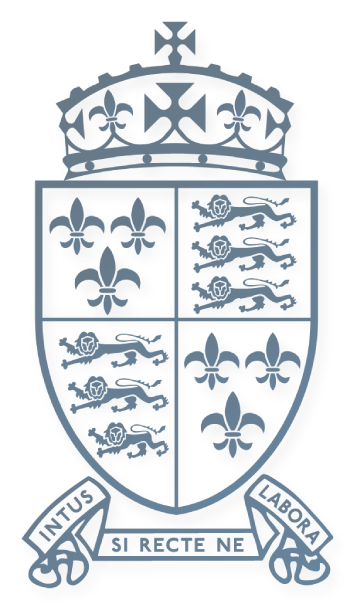
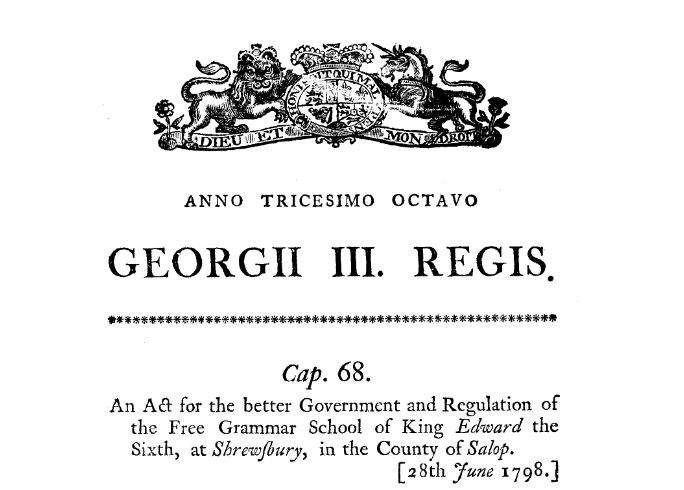
.JPG)